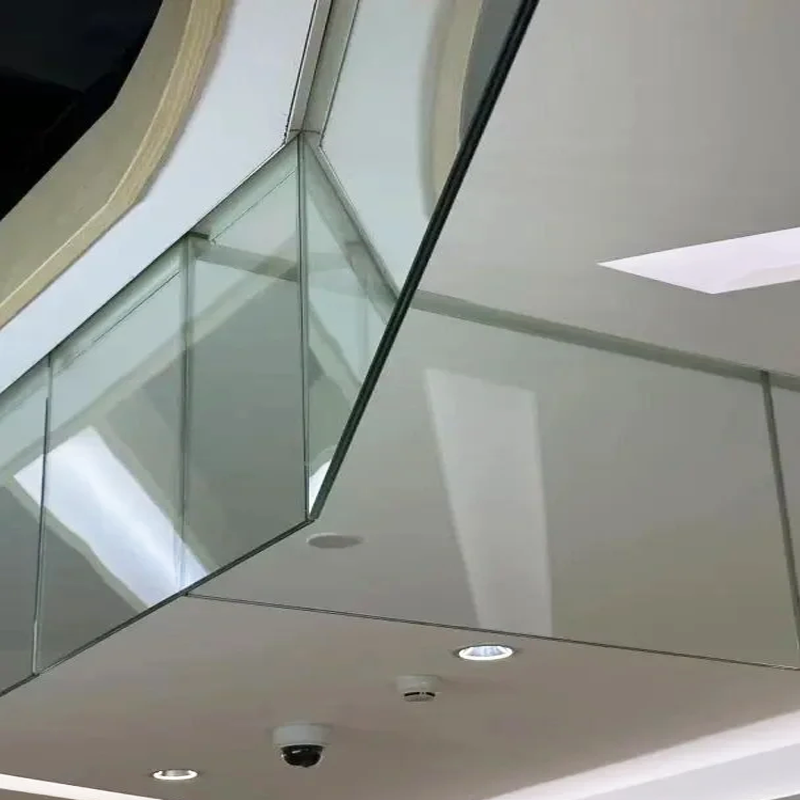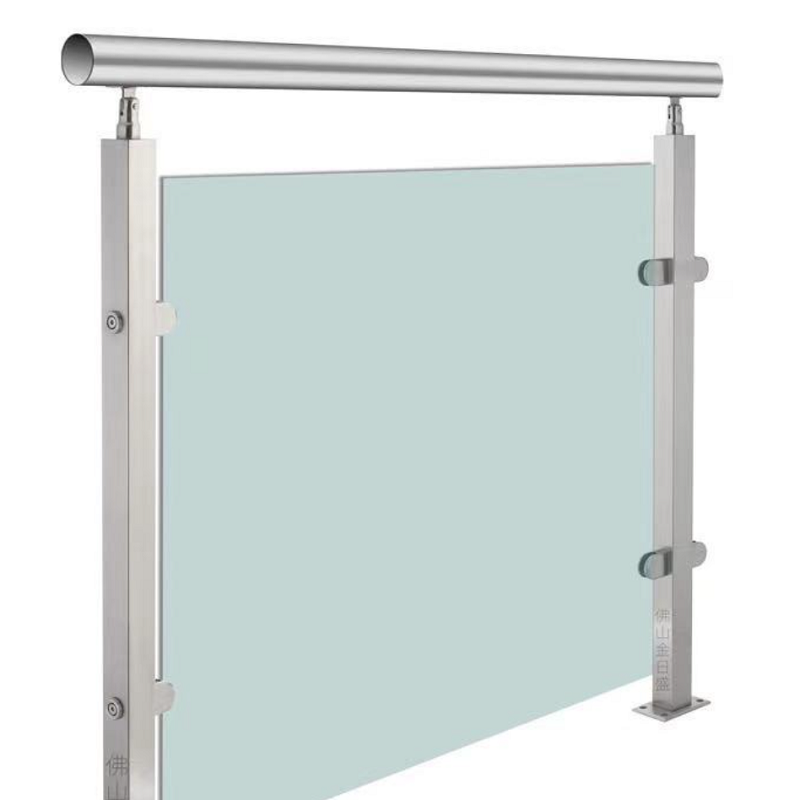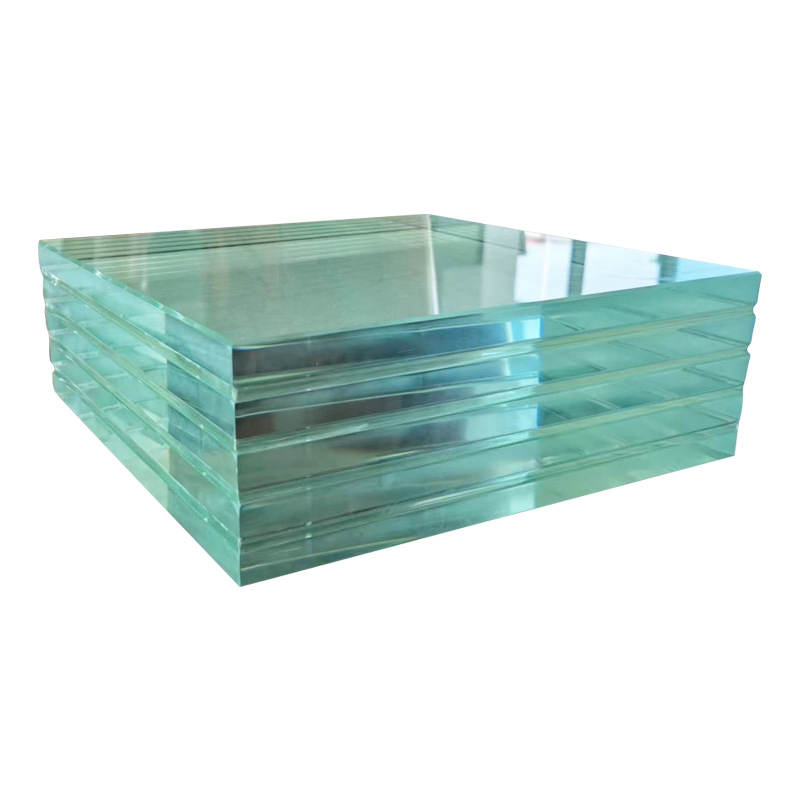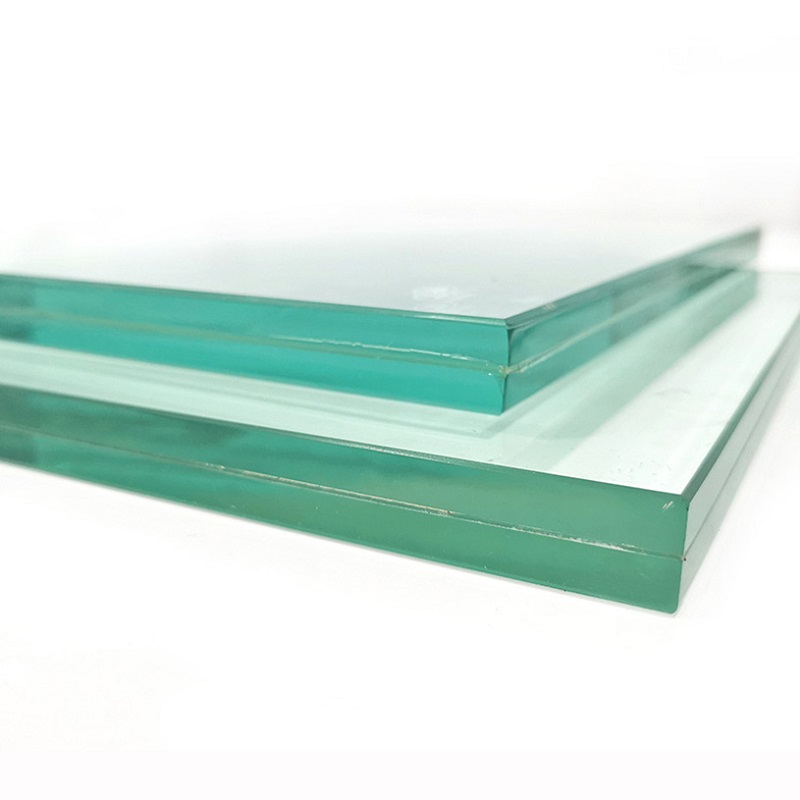Analysis of Four Key Issues That Cannot Be Ignored in the Practical Application of Fire-Resistant Glass

In the field of modern architectural design and construction, fire-resistant glass, as an important building fire protection material, is increasingly widely used due to its dual characteristics of providing both fire safety and visual transparency. Whether in large commercial complexes, high-rise office buildings, or various types of public architectural spaces, fire-resistant glassplays an irreplaceable role. However, despite the continuously expanding application scope of fire-resistant glass, there still exist numerous cognitive misunderstandings and implementation blind spots in practical engineering design, construction installation, fire control acceptance, and supervision management processes. Many construction units, design units, and construction teams lack systematic knowledge regarding the correct selection, installation, and acceptance of fire-resistant glass systems, leading to frequent potential engineering hazards. To address this situation, this article will conduct an in-depth analysis of the four key issues in the practical application of fire-resistant glass, with special emphasis on the crucial role of manufacturers in technical support and system integration, aiming to provide professional references for industry practices.
1. Conceptual Confusion: Fire-Resistant Glass ≠ Fire-Resistant Glass Partition System
In practical construction engineering, many designers and construction teams often confuse the concepts of "fire-resistant glass" and "fire-resistant glass partition." This phenomenon is particularly common in commercial space design. For instance, in areas such as partition walls for boutique shops in large shopping centers or commercial pedestrian streets, or observation wells in buildings, design drawings often simply indicate "using X-hour fire-resistant glass" without clearly specifying that it should constitute a complete fire-resistant glass partition system.
It must be clearly pointed out that fire-resistant glass is merely one component of the fire-resistant glass partition system. A fire-resistant glass partition that meets specification requirements must be a complete system composed of fire-resistant glass, specialized fire-resistant frames, fire-resistant sealing materials, fire-resistant padding blocks, and other connecting components. Its fire resistance limit depends not only on the quality of the glass base material itself but also on the integrity, sealing performance, and stability of the entire system structure.
However, in engineering practice, many construction teams only purchase fire-resistant glass with inspection reports but employ ordinary glass installation techniques during construction, using ordinary glass glue for seam treatment. This construction approach seriously overlooks the overall fire resistance requirements of the system, resulting in failure to achieve the expected fire compartmentation effect in real fire scenarios.
Therefore, it is necessary to clarify during the design phase, construction process, and fire control acceptance that a "fire-resistant glass partition" structure that has undergone overall system testing must be used, rather than focusing solely on the glass material itself. It is recommended that during the project design and bidding stages, fire-resistant glass manufacturers be explicitly required to provide integrated system solutions and corresponding overall test reports to ensure that both material selection and construction techniques meet the specific requirements of national fire protection specifications.
2. Key Considerations in the Combined Use with Sprinkler Systems
In some building projects employing performance-based design, the technical solution of "single-pane fire-resistant glass + sprinkler protection" is often adopted to achieve both fire separation and spatial transparency. Experimental data shows that an appropriate sprinkler system can effectively delay the temperature rise of the glass surface, significantly extending its fire resistance time and buying valuable time for the safe evacuation of personnel.
However, this design solution often fails in practical engineering applications due to improper construction. Common typical problems include:
Various interior decoration structures obstructing sprinkler heads, seriously affecting water distribution effectiveness;
Commercial advertisements and store signs installed between fire-resistant glass and sprinklers, creating protection blind spots;
Sprinkler pipeline systems not being installed independently, resulting in insufficient water supply;
Incorrect selection of sprinkler types, failing to form an effective protective water curtain.
The root cause of these problems lies in the failure of designers and construction units to consider the sprinkler system as an integral component of the fire-resistant glass system. Therefore, during the project design phase, full consideration should be given to the rationality of sprinkler head layout, the scientificity of pipeline routing, and the accuracy of hydraulic calculations; during construction, work must be strictly carried out according to design drawings to ensure that sprinkler protection effectively covers the entire glass facade. Simultaneously, it is recommended to establish collaborative working mechanisms with fire-resistant glass manufacturers and fire equipment suppliers to conduct systematic linkage debugging and functional testing.
3. Cognitive Misunderstandings in Design and Construction and System Matching Issues
Currently, many construction companies still understand fire-resistant glasssystems at the level of "having an inspection report suffices," seriously neglecting the important impact of system compatibility and actual engineering conditions.
According to clear provisions in the national standard "Safety Glazing in Buildings—Part 1: Fire-Resistant Glass" (GB15763.1-2009), the fire performance test of fire-resistant glass must be based on the maximum size used in practice and conducted under the same frame structure and installation method as in the actual project. A complete test report should include not only basic performance parameters of the glass product but also detailed records of frame material specifications, node structure details, specific sealing method practices, and even key information such as the specifications and installation positions of fasteners.
However, in the execution of actual engineering projects, many developers, pursuing aesthetic effects, often select large-format glass that exceeds the size of submitted samples or use non-standard installation methods. These practices prevent the overall fire resistance performance of the fire protection system from being guaranteed. When re-inspection is required during the fire control acceptance process, it often faces significant risks such as project rework, material repurchasing, and even project delays.
Therefore, we strongly recommend that during the construction preparation phase, the planned fire-resistant glass products along with their supporting frame systems and specific construction schemes be submitted to authoritative testing agencies for inspection to ensure they fully meet engineering requirements. In this regard, well-known manufacturers should provide professional technical guidance and system matching suggestions to avoid acceptance obstacles caused by "incorrect matching."
4. Product Confusion in Fire Supervision and Acceptance Standards Issues
During fire control acceptance and daily supervision and inspection processes, some regulatory personnel also exhibit varying degrees of conceptual confusion. For example, they may directly identify partitions made simply of fire-resistant glass as "fire-resistant glass partitions," or equate fire-resistant glass doors with "fire doors."
It must be clearly emphasized here that fire-resistant glass, fire-resistant glass partitions, fire doors, and fire windows belong to completely different categories of fire protection products. Each type of product should have corresponding type test reports or system test reports. During supervision and inspection, fire supervision personnel should not make judgments based solely on verbal inquiries or simple glass test reports. Instead, they should carefully check whether the system structure installed on site completely matches the system diagrams and node details in the test report.
For example:
In insulated fire protection systems (such as composite fire-resistant glass), the internal adhesive expands when heated, so appropriate gaps must be reserved between the glass and the frame during installation;
In non-insulated systems (such as single-pane fire-resistant glass), the glass softens and sags in fire conditions, so the frame system must tightly clamp the glass during installation, without any installation gaps.
If these seemingly minor technical details are overlooked, they will directly affect the overall performance of the fire protection system. Therefore, fire departments should strengthen training in relevant professional knowledge and strictly compare the complete set of technical documents provided by production manufacturers with the actual situation on site during project acceptance.
Conclusion
Fire-resistant glass, as an important building fire protection material, directly affects the overall fire safety level of buildings through its correct selection methods, installation techniques, and acceptance standards. In practical application processes, all relevant parties must establish system thinking, clearly recognizing that fire-resistant glass is only one component of the fire protection system. The perfect realization of its fire performance must rely on the overall coordination of various elements such as the glass base material, frame system, sealing materials, and construction quality.
We recommend that construction units, design institutes, and construction enterprises establish in-depth technical coordination mechanisms with qualified fire-resistant glass manufacturers at the initial stage of projects to ensure that every step from design selection to construction installation meets the specific requirements of system testing. Simultaneously, fire supervision departments should continuously improve their professional capability levels, strictly verify system consistency, and jointly promote more scientific application and standardized development of fire-resistant glass in the construction engineering field.
Only through joint efforts of all parties can the dual value of fire-resistant glass—"both aesthetic and safe"—be truly realized, strengthening the transparent line of defense for building fire protection and providing reliable guarantees for personnel safety and property protection. We particularly recommend that when selecting fire-resistant glass products, priority be given to well-known manufacturers that can provide complete system solutions, ensuring dual guarantees of product quality and technical services, thereby promoting the healthy development and technological progress of the entire fire-resistant glass industry. By strictly controlling quality standards at every stage, strengthening industry supervision, and improving technical specifications, we will inevitably enhance the overall level of building fire protection and contribute to the construction of safer cities.
manufacturersmanufacturersmanufacturersmanufacturersmanufacturersmanufacturersmanufacturersmanufacturersmanufacturersmanufacturersmanufacturersmanufacturersmanufacturersmanufacturersmanufacturersmanufacturersmanufacturersmanufacturersmanufacturersmanufacturersmanufacturersmanufacturersmanufacturersmanufacturers glassglassglassglassglassglassglassglassglassglassglassglassglassglassglassglassglassglassglassglassglassglassglassglassglass





